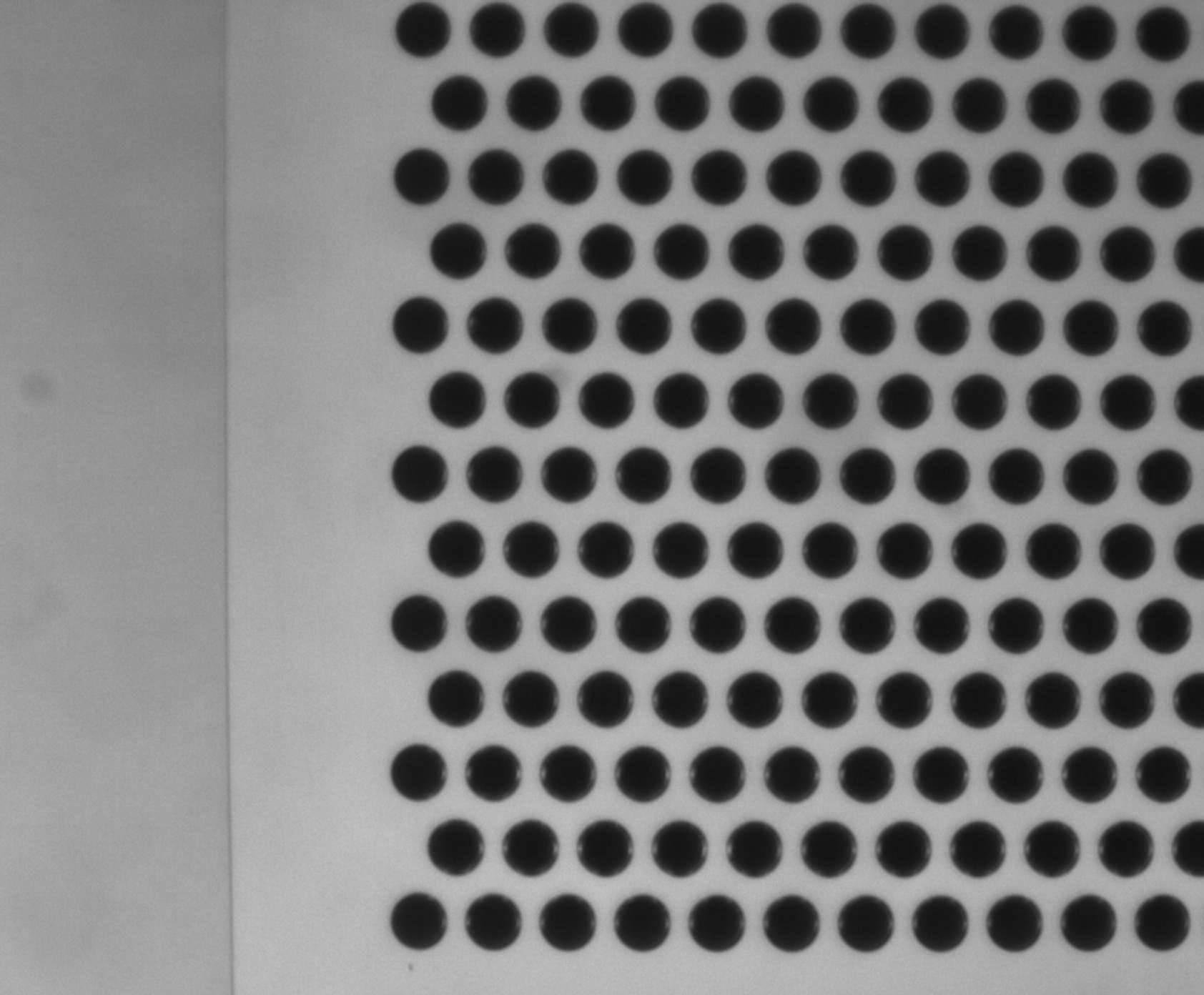
Case studies








In an article published by Applied Electronic Materials, “two-dimensionally (2D) extended thin films of p-type organic semiconductor C13-BTBT (BTBT = [1]benzothieno[3,2-b]-1]benzothiophene) were fabricated via self-controlled growth at the liquid−liquid interface”.
Their introduction reads: “Over the past 15 years, thiophene-based small molecules and polymers have emerged as front-runners for the realization of sophisticated, high-mobility semiconducting junctions in organic circuitry. Their diversity, molecular versatility, low-cost processability, and compatibility with a large variety of flexible substrates makes them ideal candidates for cutting edge application such as organic solar cells, biological sensing, RFID tags, or even water-splitting devices”
Silson’s silicon nitride membranes with membrane thickness 100 nm were used for STXM (Scanning transmission X-ray microscopy) measurements during their experiments, which were taken at the PolLux beamline at the Swiss Light Source.
To read the article in full, click here!







